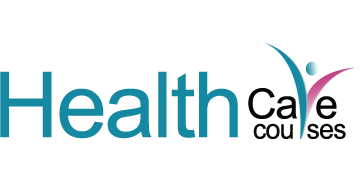Home /
"Certificate in Autism and Immunology: Understanding the Link"
Unlocking the Connection: A Certificate in Autism and Immunology for Data-Driven Insights and Analysis
Certificate in Autism and Immunology
Certificate in Autism and Immunology
Autism and immunology are two interconnected fields that have a significant impact on each other. Understanding the relationship between autism and the immune system is crucial for providing effective care and support for individuals with autism spectrum disorder.
Overview of Certificate in Autism and Immunology
The Certificate in Autism and Immunology is a specialized program that equips healthcare professionals with the knowledge and skills needed to address the unique challenges faced by individuals with autism in relation to their immune system. This comprehensive course covers a wide range of topics, including:
- Understanding the role of the immune system in autism
- Identifying immune-related comorbidities in individuals with autism
- Implementing evidence-based interventions for immune-related issues in autism
Key Statistics
| Statistic |
Value |
| Prevalence of autism spectrum disorder |
1 in 54 children in the United States |
| Immune system dysfunction in individuals with autism |
Up to 70% of individuals with autism |
Benefits of the Certificate
By completing the Certificate in Autism and Immunology, healthcare professionals can:
- Enhance their understanding of the complex relationship between autism and the immune system
- Implement tailored interventions to improve the health and well-being of individuals with autism
- Stay up-to-date on the latest research and advancements in the field of autism and immunology
Conclusion
The Certificate in Autism and Immunology offers a valuable opportunity for healthcare professionals to deepen their knowledge and skills in addressing the unique healthcare needs of individuals with autism. By gaining a better understanding of the immune system's role in autism, professionals can provide more effective care and support for this population.
Visit our course page to learn more about this course at:
